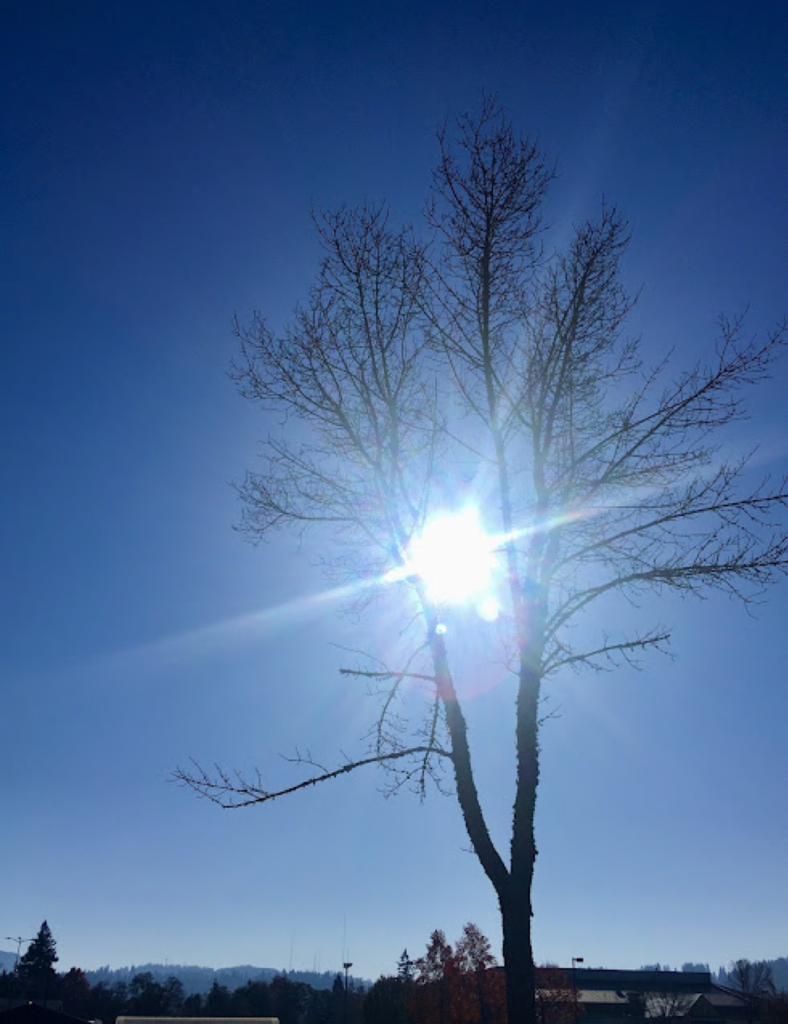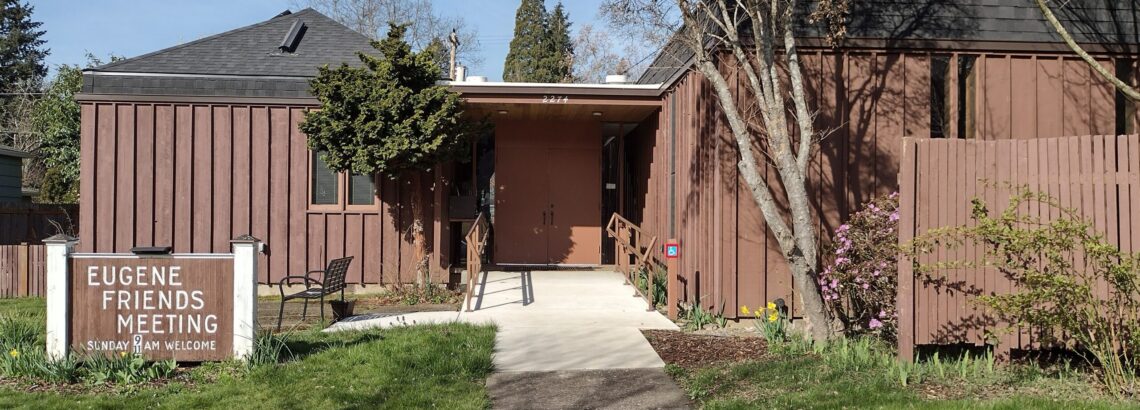
For the last few weeks I’ve been writing about the nurturing power of the darkness, and now it is time to return to the light – but very slowly. We’ve just experienced the winter solstice, when the northern hemisphere of the earth reaches its furthest tilt away from the sun; now it is beginning to slowly tilt back, which will eventually bring us spring.
Though we have, throughout history, celebrated the winter solstice as the start of winter, that is only it’s astronomical start; meteorologically winter starts on December 1, and reaches its coldest temperatures in mid-January. Meteorological seasons are based on annual temperature cycles, and are better at predicting growing seasons and other weather phenomena. They divide the calendar year into four seasons that each last exactly three months. Winter takes place during the coldest three months of the year, beginning December 1 and ending February 1.
If the winter solstice marks the shortest and darkest days of the year, why don’t temperatures reflect that? In short, it’s because it takes time for Earth’s land and water to heat up or cool down. But because of climate change, winter is warmer than it used to be, and is now the fastest-warming of the three-month seasons, according to an analysis of NOAA temperature data by Climate Central, a nonprofit climate research group. The analysis looked at average winter temperatures for 240 locations across the US and found the winter warming trend covers every corner of the map — temperatures have warmed in 97% of the locations since 1970.
Our milder winters come with consequences: The US is now in the midst of a long-term decline in its snowpack, which has already fueled floods in the spring and droughts in the summer. Earlier snowmelt leads to a bumper crop of fast-growing vegetation that then dries out in the summer, causing more wildfires.
A prolonged period of above average winter temperatures will affect winter fruits and vegetables grown and shipped around the country and the world. Many colder-weather crops need a certain amount of time in colder temperatures in order to pollinate, and some fruits (like peaches) need colder temperatures to set the fruit. Warmer weather leads to plants flowering and pollinating before the pollinators are available to do their job, and can send birds back north to areas that don’t have bugs available to eat just yet.
And so here we are in the depths of winter, feeling worries about climate changes, and the grief of a world at war. How do we find light in times of despair? How do we maintain hope in dark times, find the energy to seek new solutions, and keep up the good work? A couple of thoughts:
Cause-and-effect assumes history marches forward, but history is not an army. It is a crab scuttling sideways, a drip of soft water wearing away stone, an earthquake breaking centuries of tension. Sometimes one person inspires a movement, or her words do decades later, sometimes a few passionate people change the world; sometimes they start a mass movement and millions do; sometimes those millions are stirred by the same outrage or the same ideal, and change comes upon us like a change of weather. All that these transformations have in common is that they begin in the imagination, in hope.
Rebecca Solnit, Hope in the Dark
I also found this quote from The Friend magazine, talking about Quaker worship:
We stand paradoxically utterly alone in the company of friends. Yet, the emptiness we experience in the silence is not one of desolation but is rather a space that houses potential and newness. … It is there, as searchers together, that we find the presence of the Light and perhaps the courage, imagination and sheer doggedness to be bearers of ‘grace and truth’ in places of loss and emptiness.
Kevin Franz, Finding Light in Dark Places


